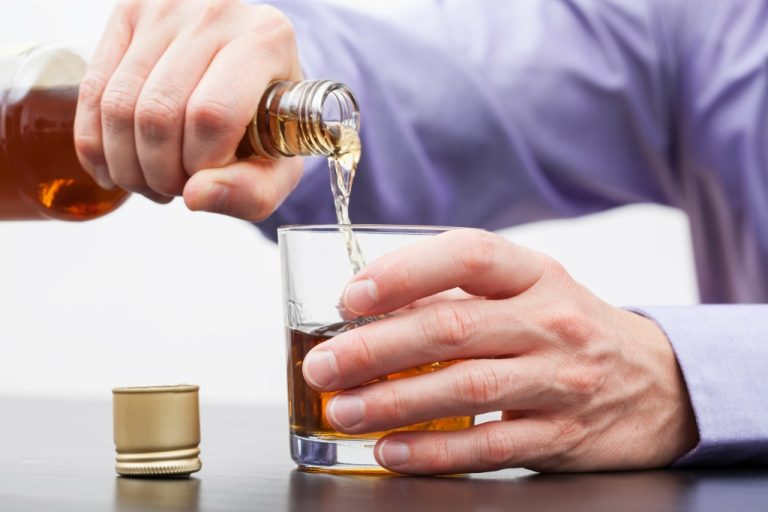Drinking too much alcohol can actually increase your risk for heart disease and stroke, raise blood pressure, contribute to obesity, and increase the levels of fats called triglycerides in the blood. Drinking alcohol seems to change the way the body metabolizes estrogen, leading to higher levels is alcohol good for you of the hormone. This may translate to an increased risk of estrogen-related breast cancers. Researchers are still learning about exactly how alcohol affects hormones, according to the recent Surgeon General report. In April, a big meta-study involving 600,000 participants, published in April in the Lancet, suggested that levels of alcohol previously thought to be relatively harmless are linked with an earlier death. What’s more, drinking small amounts of alcohol may not carry all the long-touted protective effects on the cardiovascular system.
The (almost) last word on alcohol and health
Tawakol encourages his patients to think holistically about their behavior and risks. “For example, if you are drinking, consider the other things that you can do to counterbalance that risk, like exercise, sleeping better and eating better,” he says. Even if you’re a light or moderate drinker, it’s worth thinking about why you enjoy drinking — and if there are less risky ways to get the same effects.
How can I replenish electrolytes after drinking?
While major American brands of beer have a 5% ABV measurement, many popular craft beers have higher alcohol content. That IPA you love might have an ABV of 7% or higher, so keep an eye on it when you’re knocking them back at your next summer barbecue. Drinking, at least in moderation, was once seen as a harmless—or even healthy—indulgence that could strengthen your heart and even lengthen your lifespan. But in many scientific circles, consuming virtually any amount of alcohol is now seen as toxic. As of 2021, 29.5 million people aged 12 and older had an alcohol use disorder in the past year. Alcohol use disorder (AUD) what is Oxford House is a chronic brain disorder that makes it difficult to control alcohol use, even when it’s causing problems.
Health News
Other studies support the anti-inflammatory benefits of red wine consumption. This effect is also thanks to red wine’s antioxidants, which may help counter oxidative stress that can damage cells and lead to inflammation. It examined data from hundreds of studies and other sources (including sales of alcohol, home-brewed alcoholic beverage consumption, and even estimates of tourist consumption) in 195 locations. And it analyzed the overall health impact related to alcohol consumption, including death and disability due to automobile accidents, infectious diseases, cancer, and cardiovascular disease. It concluded that the best option for overall health was no drinking at all.
- These reports have left many people wondering how much alcohol they can consume without developing serious health issues.
- Drinking too much sake can also hurt your social and financial life .
- Drinking in moderation may have some protective effects for the cardiovascular system.
- Here, we will provide basic information about drink sizes, drinking patterns, and alcohol metabolism to help answer the question “how much is too much?
- The report, released Tuesday, was commissioned by Congress and carried out by a committee from the National Academies of Science, Engineering and Medicine.
While some people drink for celebration or relaxation, others use alcohol as a coping mechanism for stress or social anxiety. Alcohol can cause changes in the function of the kidneys and make them less able to filter your blood. In addition to filtering blood, your kidneys do many other important jobs.
Is There Research to Back Up the Touted Health Benefits of Guinness?

But what’s still debatable is the exact threshold at which risks increase. This likely varies from person to person based on their genetic risks and other lifestyle habits. The story of light drinking as a healthy behavior started to take off in the 1990s, when many researchers believed red wine might be a magical elixir.

Is Any Alcohol Good for Health?
![]()
Dr. Wakim-Fleming says excessive drinking is essentially the same as binge drinking. The CDC also includes underage drinking and drinking by women who are pregnant. Centers for Disease and Prevention (CDC), binge drinking is classified for men as consuming five or more standard drinks within a few hours and four or more standard drinks within a few hours for women. Studies have shown that even if you only occasionally drink alcohol, drinking regularly over a long period can have negative outcomes on your health. “It’s a cumulating effect caused by drinking over time,” says Dr. Wakim-Fleming.
- “It’s a cumulating effect caused by drinking over time,” says Dr. Wakim-Fleming.
- FASD can cause a range of neurodevelopmental and physical effects in the child after birth.
- But the new data suggest that men should stick to the lower limit as well — a suggestion that was initially considered but ultimately rejected during the last update of the guidelines.
- “For women, heavy drinking is eight standard drinks a week or more,” says Dr. Wakim-Fleming, “While for men, it’s 15 drinks a week or more.” And, yes, multiple binges within a week do equal heavy drinking.
Researchers can attempt to control for these so-called confounding factors, but it’s tricky to capture all the possible influences. The risk of developing cancer increases substantially the more alcohol is consumed. This drinking pattern is responsible for the majority of alcohol-attributable breast cancers in women, with the highest burden observed in countries of the European Union (EU). In the EU, cancer is the leading cause of death – with a steadily increasing incidence rate – and the majority of all alcohol-attributable deaths are due to different types of cancers. Researchers keep studying whether red wine and other alcoholic drinks can help the heart. Those who drink regular, limited amounts of alcohol, including red wine, seem to have a lower risk of heart disease.
Learn more about the effects of alcohol use on men’s and women’s health. Those healthy habits don’t directly cancel out the risks from alcohol, he says, but reducing risks elsewhere allows you to choose the riskier behaviors that “fit within your lifestyle.” She hears “the biggest complaints” about alcohol from patients entering perimenopause because the ability to metabolize alcohol really changes around that age. Her patients notice alcohol affects their sleep, weight and mood, but they continue to drink “because they’ve also learned to use it as a tool,” Kumar says. “A lot of people with this genetic variant are aware of some of the visible symptoms, but they don’t know that it means alcohol really puts them at more risk than other people,” Chen said. Heavy drinking also has been linked to intentional http://edelivery.andromedapublisher.com/2021/05/11/understanding-heart-palpitations-after-drinking/ injuries, such as suicide, as well as accidental injury and death.













